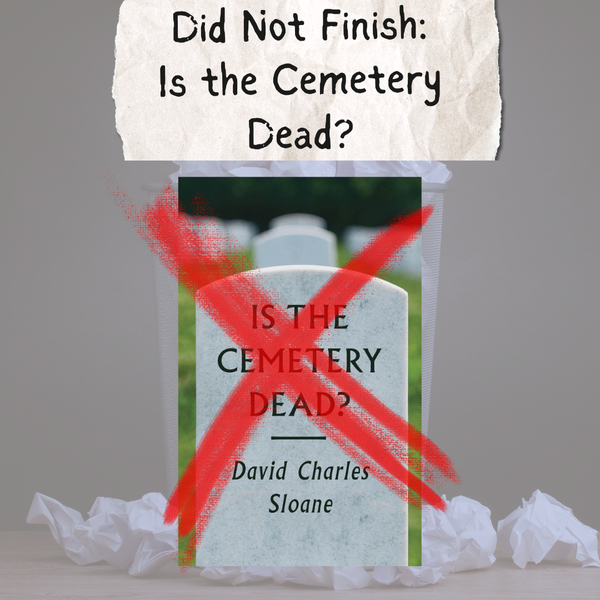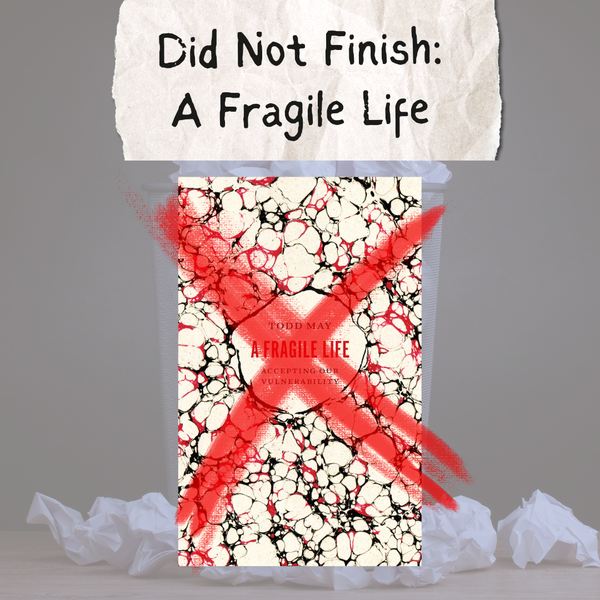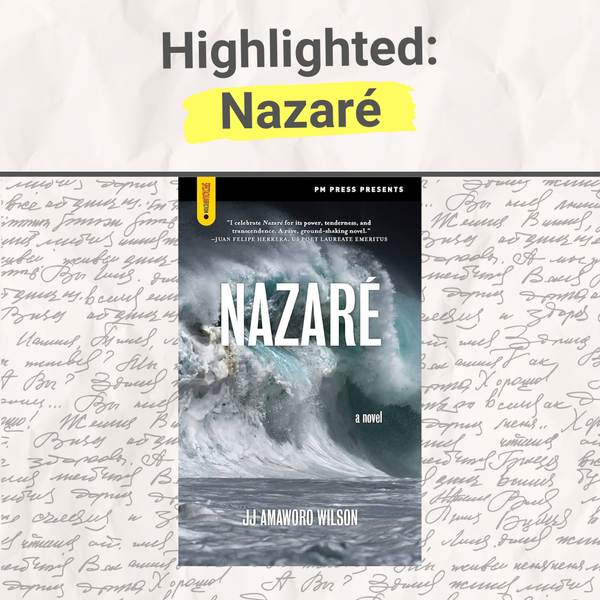Why Typewriters?

I've been writing professionally for nearly 13 years, starting with a stint at Bleacher Report in January 2011. In all that time, typewriters didn't click-clack into my thoughts for a single moment.
I was happy with word processors like LibreOffice and, eventually, Microsoft Word. After all, what could be better than the blinking cursor and the soft glow of the computer screen?
In 2023? Anything.
This January, Cory Doctorow coined the term "enshittification" to describe aggressive monetization ruining the user experience of the internet. By the time I'm writing this post in December, the term is already clichéd—as is broader discussion of the phenomenon. Writers for The New York Times, The Atlantic, New York Magazine, The Verge, and The New Yorker have all pointed out the same thing: going on the computer fucking sucks now.
I can't just use my computer in peace. Everything is connected to some kind of internet software-as-service cloud bullshit. News headlines and weather reports I didn't ask for are baked into the operating system when I open the start menu. Every website and software on earth wants to send me desktop notifications. I can't even use my printer without having to sign up for something. It's too much.
Modern technology squeezed the solitude out of writing. This past spring, I resolved to find it again.
The First Machine
In April 2023 I researched typewriters voraciously. I discovered typewriter community luminaries like Joe Van Cleave, Richard Polt, Lucas Dul of Typewriter Chicago, and Sarah Everett of Just My Typewriter.
By May, I knew I wanted my first machine to be an electric typewriter. Electric typewriters are easier for first-time users to type on since the touch (how hard you have to press down the keys) is much lighter. Users of modern keyboards can sometimes have difficulty adjusting to how hard you need to press down the keys on some manual typewriters.
One day, I found a gorgeous black and grey Smith-Corona Super Correct on Facebook Marketplace. It was less than 10 minutes away. I jumped on it, and brought home my first typewriter.

I loved it so much, that I went and bought a similar model within a week. This one was a Smith-Corona 250 in a gorgeous beige-brown straight from the 1970s. The chic was off the damn charts. And the little orange power light? Incredible.

I typed on the 250 for a week or two. It felt OK but not great. I could live with the round keys, but what really hurt (both figuratively and literally) was the stiff spacebar. My thumbs felt like they did back in grade school when I was endlessly button-mashing the NES controller. The Super Correct had an even stiffer spacebar which wore my thumbs out even more.
These typewriters, while nice, weren't perfect. And I wanted the perfect typewriter.
The Obsession
It didn't take long for my quest to find The One True Typewriter to spiral out of control. I hit up estate sales, thrift stores, antique shops, and racked up quite a tab on Shop Goodwill. Why get concerned about it, though? What better cause could there be than hoarding typewriters on the slim chance I'd find The One.
And even if it wasn't The One, it was still another typewriter I could clean and attempt restoring. That was half the fun, taking something that was rusty, moldy, and forgotten and reshaping it into something beautiful.


Antares Annabella typewriter before cleaning (left) and after cleaning (right), though mine is rebranded as the "Capri." This was the first major typewriter cleaning that I did, and I was hooked from the onset. Photos by Matt Wolfbridge.


1957 Royal Quiet De Luxe typewriter before cleaning (left) and after cleaning (right). This machine had such a strong film of dirt over it that washing it literally changed the color from teal to bright blue. Not pictured is the unique Canterbury typeface on this typewriter. Photos by Matt Wolfbridge.
Cleaning typewriters became my go-to hobby. I traded in Final Fantasy XIV for a microfiber and a bottle of Simple Green.
The issue, however, with cleaning a typewriter is you now have one less typewriter that needs cleaning. You always need to buy a new one. By autumn, I had gotten in way over my head and wound up with almost 50 typewriters, most of which I didn't have a place for in my apartment. Many of them didn't even work properly.
Worst of all, I'd barely even used the ones I had fixed up for their intended purpose: writing.
How I Use Typewriters to, You Know, Write
I bought typewriters to write, but wound up fixated on the machines rather than creating art.
I fixed this problem by ruthlessly testing out all the working typewriters I had. Anything I didn't like typing on (or that didn't make an excellent decoration) went into storage. I plan on giving all these machines away in 2024.
I was zeroing in on a few models to be my "daily driver" typewriter: An Olivetti Lettera 22, an Olivetti Lettera 31, a 1938 Underwood Leader, a Smith-Corona Galaxie II, and an Adler Meteor 12.
But then I found an IBM Selectric III at an estate sale for $15.
The IBM Selectric is a storied typewriter and a machine that literally changed the office forever. I'd had a Selectric I that I adored until it malfunctioned. I was fortunate enough that an IBM Selectric expert lived within driving distance (though it wasn't exactly an easy hike). After inspecting my Selectric I and Selectric III, he said the Selectric III was in far better shape. I had it renovated, and I've been typing on it ever since.
My IBM Selectric III typewriter. Video by Matt Wolfbridge.
I use my typewriter specifically for short fiction and journaling.
Typewriters are amazing for the early drafts of a short story, when you're still figuring out the key elements. You can plow through draft, after draft, after draft without distraction. The bell at the end of each line (as well as the clattering of keys) might as well be applause for a job well done. It feels incredible to have actually created something—a stack of physical papers branded with the markings of your own imagination—as opposed to a sterile string of binary code.
The same goes for typing down idle thoughts and emptying your head onto a blank paper.
To me, the main selling point of the typewriter is the instant flow state. There's no going backwards on a typewriter. You have to keep writing, and that's all you can do. You can't give up and open a YouTube video. You sit there, you slide the sheet of paper in, and you're focused from the first thwack of the type slug on the platen.
Typewriters, obviously, run into limits when attempting to edit a piece, or when trying to write something hundreds of pages long.
Still, typewriters made writing fun again. I've explored a half-dozen short stories that I otherwise couldn't have motivated myself to get started. I'm looking forward to many more as the months and years progress.
Are Typewriters Right for You?
I'd suggest every writer attempt writing on a typewriter at least once. It's a focused, pleasant, tactile experience that modern word processing cannot hope to recreate no matter how many "typewriter sounds" extensions you download or how many drop-shipped typewriter keyboards you buy on Amazon.
Spend a little extra money for the real thing and I promise, you won't be disappointed.




